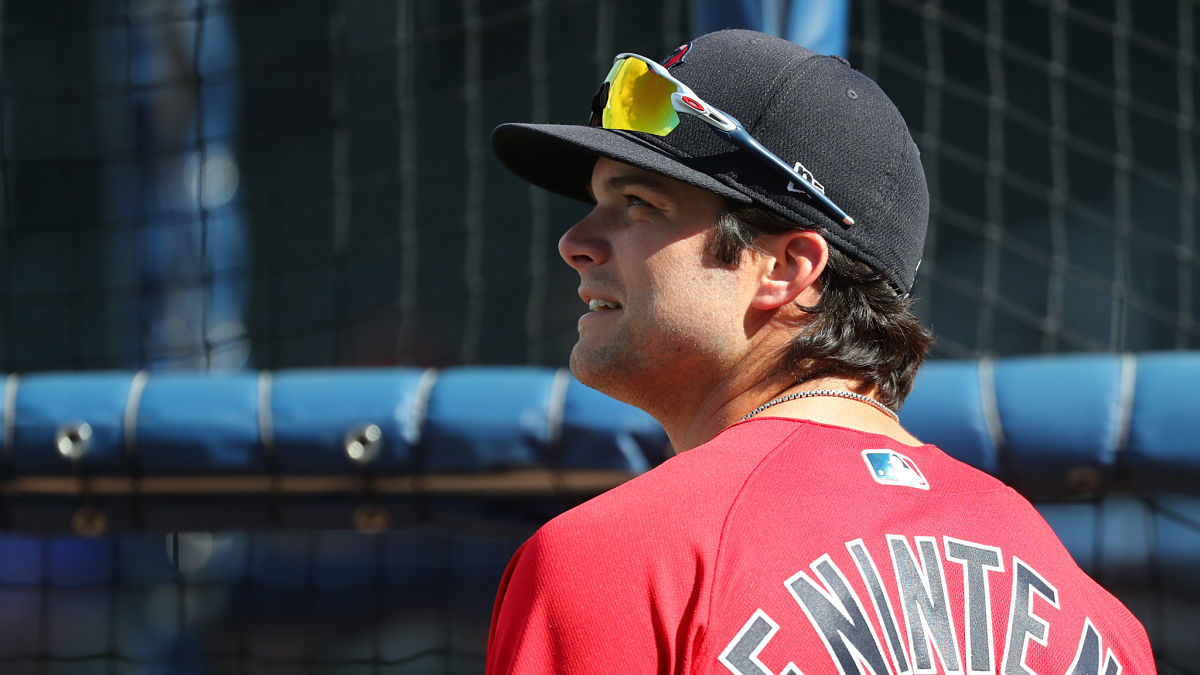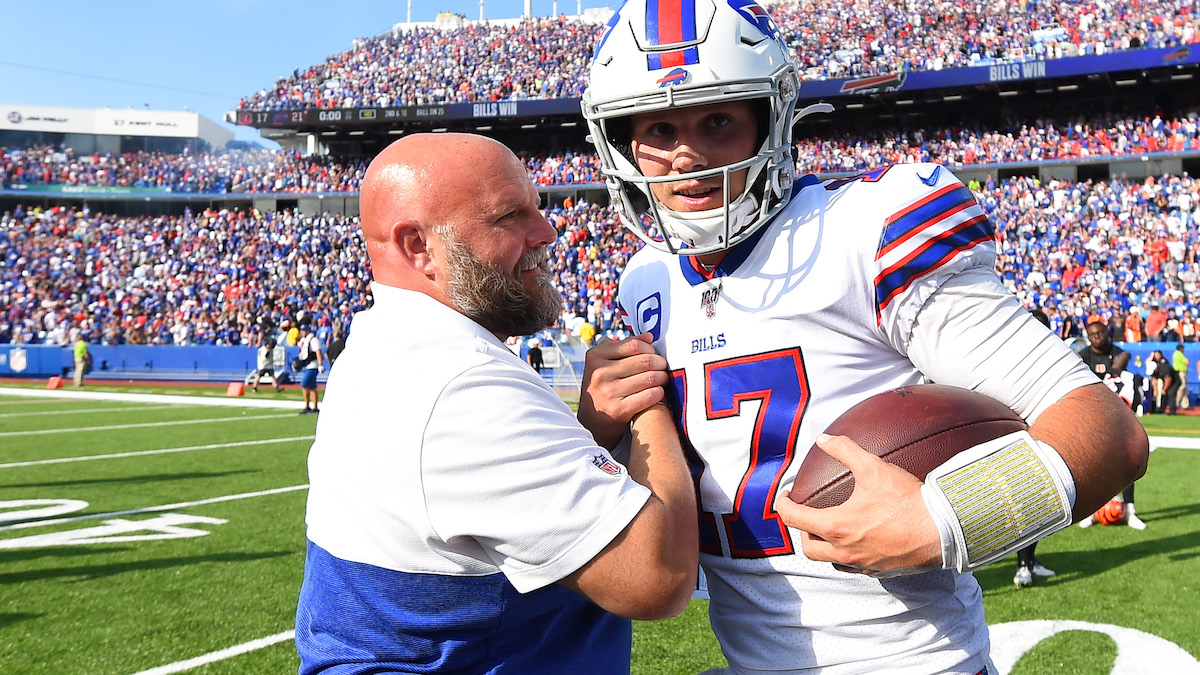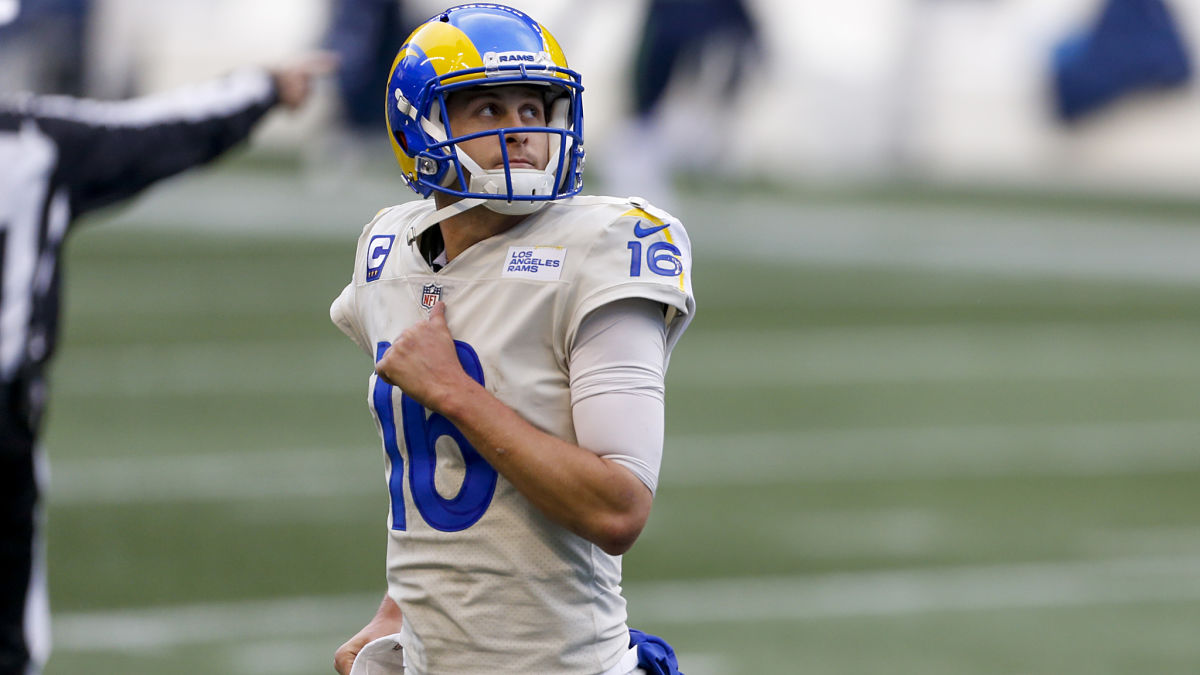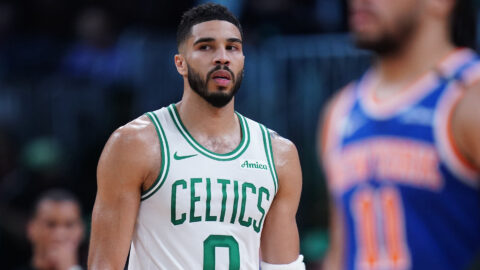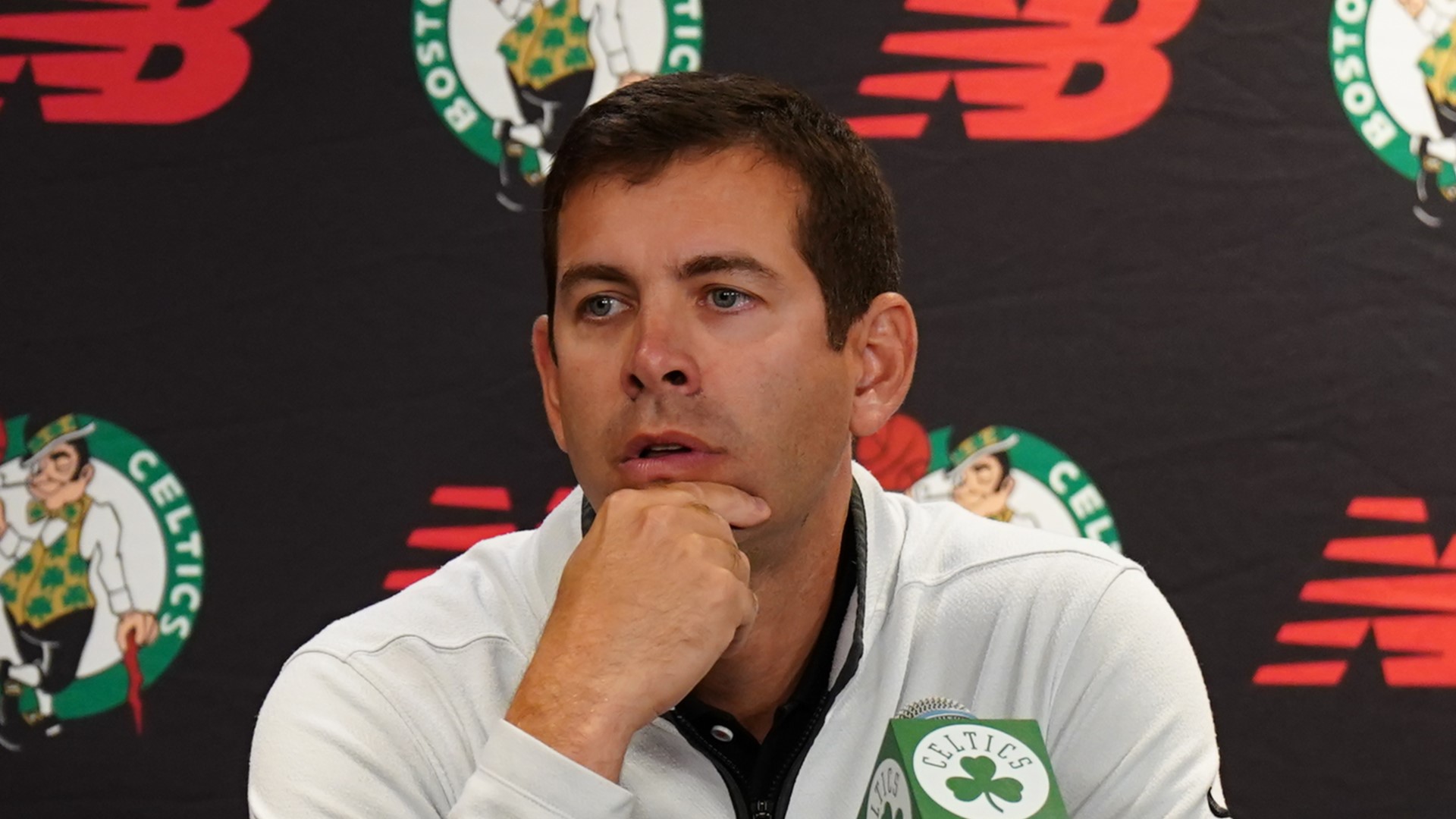The Boston Red Sox presumably can't wait for the calendar to flip.
While 2020 was bad in nearly every sense, it was particularly disappointing for the Red Sox, who stumbled to a last-place finish in the American League East and now face a daunting rebuild.
Fortunately, there are reasons to believe 2021 will be way better. But before we look ahead, we must reflect. So, here are eight storylines that defined the Red Sox’s 2020, in no particular order.
1. The Mookie Betts trade
Chaim Bloom's first offseason as Boston's chief baseball officer will be remembered for trading away one of the best homegrown talents in franchise history. The Red Sox in February shipped Betts and David Price to the Los Angeles Dodgers for Alex Verdugo, Jeter Downs and Connor Wong.
Obviously, it was nearly impossible to put a positive spin on the situation, especially on the heels of an underwhelming World Series title defense in 2019. But the reality is the Red Sox wanted to get under the luxury tax threshold and it seemed unlikely Betts was going to sign a contract extension with Boston before reaching free agency. Thus, the blockbuster became a necessity that clearly worked out for the Dodgers and ultimately could benefit the Red Sox, too, depending on what happens in the years ahead.
2. Chris Sale's Tommy John surgery
Optimism that Sale's inconsistent 2019 would be forgotten as the ace returned to full health soon vanished, as the Red Sox announced in March that he'd undergo Tommy John surgery and therefore miss the entire 2020 season. This was a crushing blow for a team that just traded its best position player, Betts, and was a sign of forthcoming pitching issues.
Sale is expected to return at some point in 2021, the second year of a five-year contract extension he signed that runs through 2024. Perhaps we'll be reminded in short order just how dominant the All-Star left-hander can be when healthy.
3. Eduardo Rodriguez's COVID-19 battle
Rodriguez put it all together in 2019 and was Boston's presumed Opening Day starter for 2020 after Sale went under the knife. But in a cruel twist of fate, Rodriguez contracted COVID-19 and then myocarditis, a heart condition stemming from his bout with the coronavirus. His season was over before it began, further depleting a Red Sox rotation that also saw Price exit via trade and Rick Porcello leave in free agency.
The good news: Things seem to be trending in the right direction for E-Rod, who is going through a normal offseason in the hopes of hitting the ground running in 2021.
4. Chaim Bloom's first trade deadline
Bloom didn't make a huge splash before the Aug. 31 deadline -- his first in charge of Boston's baseball operations -- but a series of savvy trades could pay dividends for the Red Sox in 2021 and beyond.
When the dust settled, Bloom flipped Brandon Workman, Heath Hembree, Mitch Moreland, Kevin Pillar and Josh Osich for Nick Pivetta, Connor Seabold, Jeisson Rosario, Hudson Potts, two players to be named later and international bonus money.
Pivetta, 27, is an interesting reclamation project, while Seabold, 24, has mid-rotation upside. Rosario (No. 16) and Potts (No. 20) now rank among the Red Sox's top 20 prospects, per MLB Pipeline.
Meanwhile, Moreland, Hembree and Pillar all are free agents.
5. Alex Verdugo's first impression
Verdugo was the Red Sox's most valuable player in 2020, based on bWAR. He led the team in batting average (.308), on-base percentage (.367) and hits (62) while also launching six home runs, playing excellent defense in right field and providing a whole bunch of energy.
Verdugo is under immense pressure as the centerpiece of the trade that sent Betts to Los Angeles, but he handled it admirably in his first season in Boston. The 24-year-old appears to have a bright future and very well could be a franchise cornerstone moving forward.
6. Andrew Benintendi's lost season
2020 was a wash for Benintendi, who totaled just 52 plate appearances across 14 games before being shut down for the year with a rib cage injury. He had only four hits, batting .103 with 17 strikeouts.
It was a discouraging season, to say the least, especially after the regression he showed in 2019. As such, 2021 could be a make-or-break point for the 26-year-old outfielder, who still has considerable upside yet seemingly is searching for his identity as a major leaguer.
7. J.D. Martinez's decision
Perhaps no player in Major League Baseball suffered more from the league's restrictions on in-game video work amid the COVID-19 pandemic. Martinez, of course, is a huge film guy, and that could explain why he struggled throughout the condensed 2020 campaign, hitting .213 with seven home runs, 27 RBIs and an uncharacteristically low .680 OPS in 237 plate appearances.
It was fair to wonder before the season whether Martinez would consider opting out of the final two years and $38.7 million remaining on his Red Sox contract in search of a more lucrative payday. But his offensive woes, combined with the economic uncertainty associated with the pandemic, led him to stick around for at least one more season.
8. Alex Cora's return
The Red Sox conducted a managerial search after announcing Ron Roenicke wouldn't return in 2021. But it led right back to the man who held the position before being suspended for the 2020 MLB season for his involvement in the Houston Astros' sign-stealing scandal.
Cora, who led Boston to a World Series title in 2018, is held in high regard across the organization, and it already feels like there's a wave of rediscovered energy brewing within the Red Sox's clubhouse.


